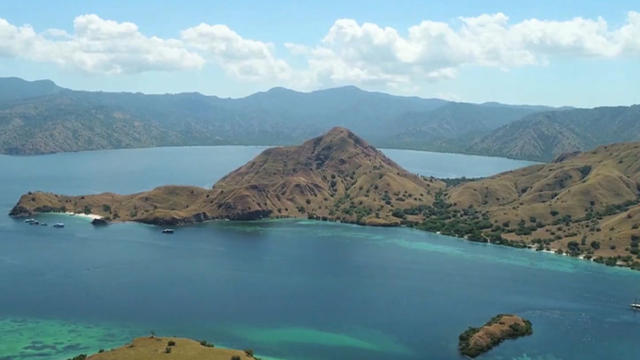The Indonesian holiday island of Lombok is struggling to recover after a deadly magnitude seven earthquake on Aug. 5. Aftershocks continue to rattle the region. And that’s having a major impact on what had been a growing tourism industry.
CGTN’s Silkina Ahluwalia reports.
Indonesia is no stronger to natural disasters. It’s been hit by strong earthquakes, heavy flooding and volcanic eruptions.
The island of Lombok is located next to the popular tourist destination, Bali. For years, its white sandy beaches have attracted millions of tourists. The Indonesian government has chosen Lombok as one out of 10 islands that they are focusing on for major tourist developments. But the recent earthquakes that caused hundreds of millions of dollars in damages is hampering growth in the island.
“In just three weeks, a 7-magnitude earthquake struck Lombok multiple times week after week. We have never experienced anything like that. It’s very rare but it shows that Lombok is prone to strong frequent earthquakes. The Indonesian government must understand this pattern and build infrastructure that can handle quakes. Lombok’s tourism and local economy is booming, especially its agriculture industry,” Kuntoro Mangkusubroto, head of the Aceh Rehabilitation and Reconstruction Agency said.
Lombok’s vital tourism industry needs time to recover. For that to happen, the Indonesian government needs to come up with a professional plan to cope with disasters.
Evacuation measures in Lombok’s neighboring islands of Gili Trawangan was quoted as being chaotic by tourists who were forced to leave as the earthquake struck.
“The impact on tourism huge. The industry is suffering there. Many spots were destroyed near Mount Rinjani, where lots of hikers and trekkers visit. The Gili Islands were also badly hit. The government needs to quickly rebuild the affected hotels, roads and public facilities to bring the thriving industry back to life. Use local volunteers. That will give the locals employment,” said tourism expert Tedjo Sikandar.
Tourism remains a crucial industry to Indonesia’s economy, accounting for at least 6 percent of the country’s GDP. Improving this sector would bring about more benefits to the country. The government’s goal is to have a better strategy to protect tourists in disaster-prone areas.
 CGTN America
CGTN America
